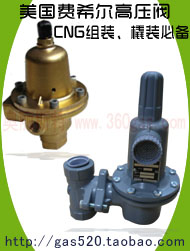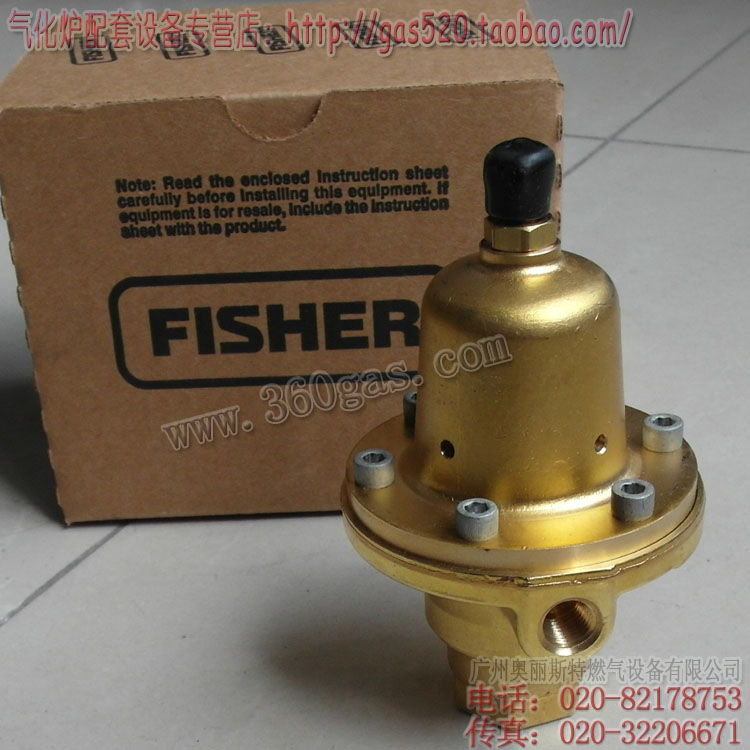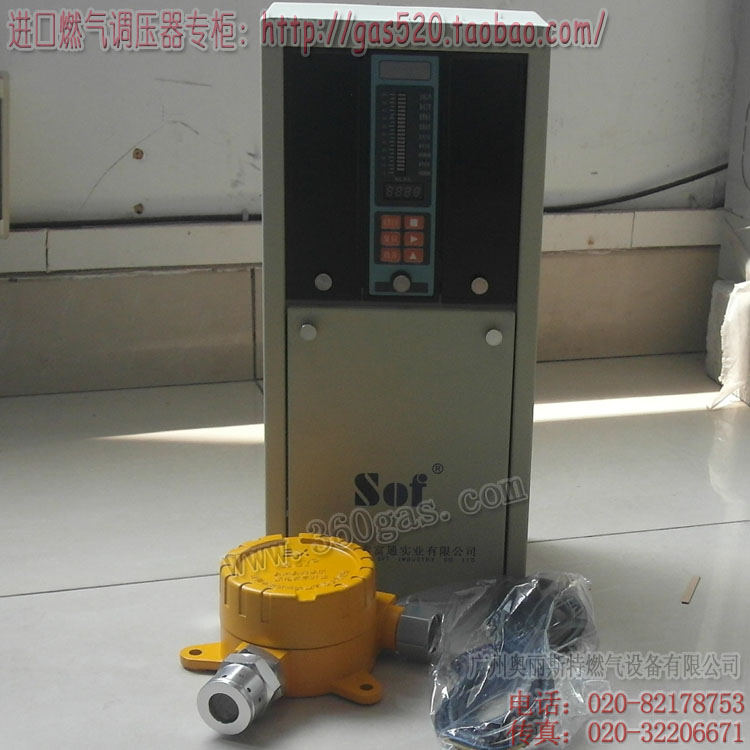位置:首页 > 燃气资讯 > Argonne Develops A
Argonne Develops Alt-Fuel Quantifying Tool for Clean Cities
浏览次数 754 , 日期 2013-11-09 , 燃气设备 加入收藏
How do you quantify the effects of using alternative fuel and other advanced vehicles? To answer such questions, Argonne National Laboratory recently created the Alternative Fuel Life-Cycle Environmental and Economic Transportation (AFLEET) Tool for the U.S. Department of Energy’s (DOE’s) Clean Cities program to help Clean Cities stakeholders estimate petroleum use, greenhouse gas (GHG) emissions, air pollutant emissions and cost of ownership of light-duty and heavy-duty vehicles using simple spreadsheet inputs. Compressed natural gas (CNG), liquefied natural gas (LNG) and hydrogen are included.
The AFLEET Tool provides three calculation methods depending on the user’s goals.
The first option is the Simple Payback Calculator, which examines acquisition and annual operating costs to calculate a simple payback for purchasing a new alternative fuel vehicle as compared to its conventional counterpart, as well as average annual petroleum use, GHGs and air pollutant emissions.
The second option is the Total Cost of Ownership Calculator, which evaluates the net present value of operating and fixed costs over the years of planned ownership of a new vehicle, as well as lifetime petroleum use, GHGs and air pollutant emissions.
Finally, the Fleet Energy and Emissions Footprint Calculator estimates the annual petroleum use, GHGs and air pollutant emissions of existing and new vehicles, taking into consideration that older vehicles typically have higher air pollutant emission rates than newer ones.
AFLEET Tool requires Microsoft Excel to run and may be downloaded free of charge at http://greet.es.anl.gov/afleet_tool.
The AFLEET Tool uses data from Argonne’s well-known Greenhouse gases, Regulated Emissions, and Energy use in Transportation (GREET) fuel-cycle model to generate necessary well-to-wheels petroleum use and greenhouse gas emission co-efficients for key fuel production pathways and vehicle types. In addition, AFLEET draws from the Environmental Protection Agency’s MOtor Vehicle Emission Simulator (MOVES) and certification data to estimate tailpipe emissions. AFLEET also draws from various sources to provide default cost data, including the Clean Cities Alternative Fuel Price Report and American Recovery and Reinvestment Act awards.
DOE’s Clean Cities program works with a network of nearly 100 coalitions to advance the nation’s economic, environmental, and energy security by supporting local actions that reduce transportation-sector petroleum consumption. Clean Cities is an initiative of DOE’s Office of Energy Efficiency and Renewable Energy. Argonne National Laboratory is one of the DOE’s largest national laboratories for scientific and engineering research. For more information, please see www.cleancities.energy.gov and www.anl.gov.
The AFLEET Tool provides three calculation methods depending on the user’s goals.
The first option is the Simple Payback Calculator, which examines acquisition and annual operating costs to calculate a simple payback for purchasing a new alternative fuel vehicle as compared to its conventional counterpart, as well as average annual petroleum use, GHGs and air pollutant emissions.
The second option is the Total Cost of Ownership Calculator, which evaluates the net present value of operating and fixed costs over the years of planned ownership of a new vehicle, as well as lifetime petroleum use, GHGs and air pollutant emissions.
Finally, the Fleet Energy and Emissions Footprint Calculator estimates the annual petroleum use, GHGs and air pollutant emissions of existing and new vehicles, taking into consideration that older vehicles typically have higher air pollutant emission rates than newer ones.
AFLEET Tool requires Microsoft Excel to run and may be downloaded free of charge at http://greet.es.anl.gov/afleet_tool.
The AFLEET Tool uses data from Argonne’s well-known Greenhouse gases, Regulated Emissions, and Energy use in Transportation (GREET) fuel-cycle model to generate necessary well-to-wheels petroleum use and greenhouse gas emission co-efficients for key fuel production pathways and vehicle types. In addition, AFLEET draws from the Environmental Protection Agency’s MOtor Vehicle Emission Simulator (MOVES) and certification data to estimate tailpipe emissions. AFLEET also draws from various sources to provide default cost data, including the Clean Cities Alternative Fuel Price Report and American Recovery and Reinvestment Act awards.
DOE’s Clean Cities program works with a network of nearly 100 coalitions to advance the nation’s economic, environmental, and energy security by supporting local actions that reduce transportation-sector petroleum consumption. Clean Cities is an initiative of DOE’s Office of Energy Efficiency and Renewable Energy. Argonne National Laboratory is one of the DOE’s largest national laboratories for scientific and engineering research. For more information, please see www.cleancities.energy.gov and www.anl.gov.








